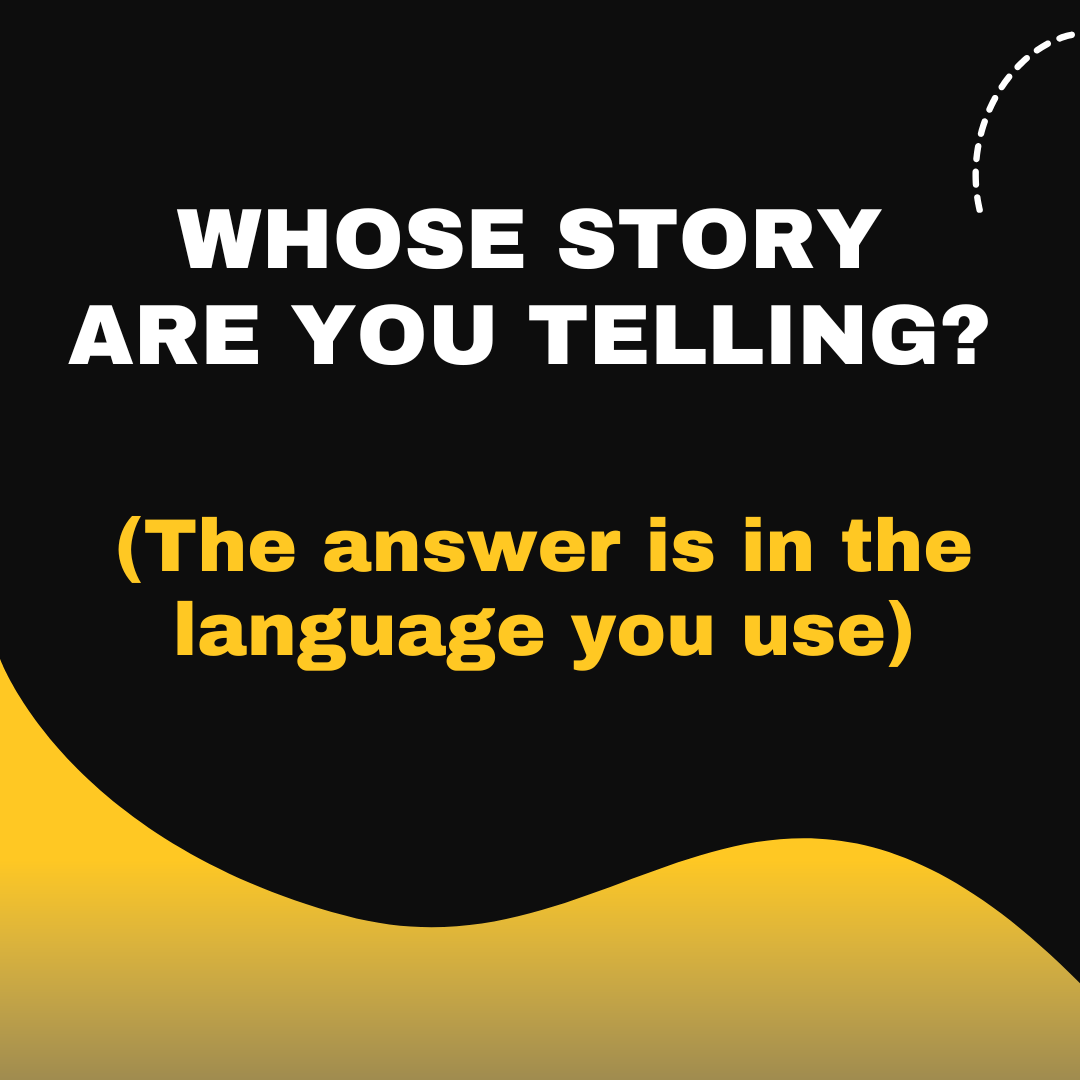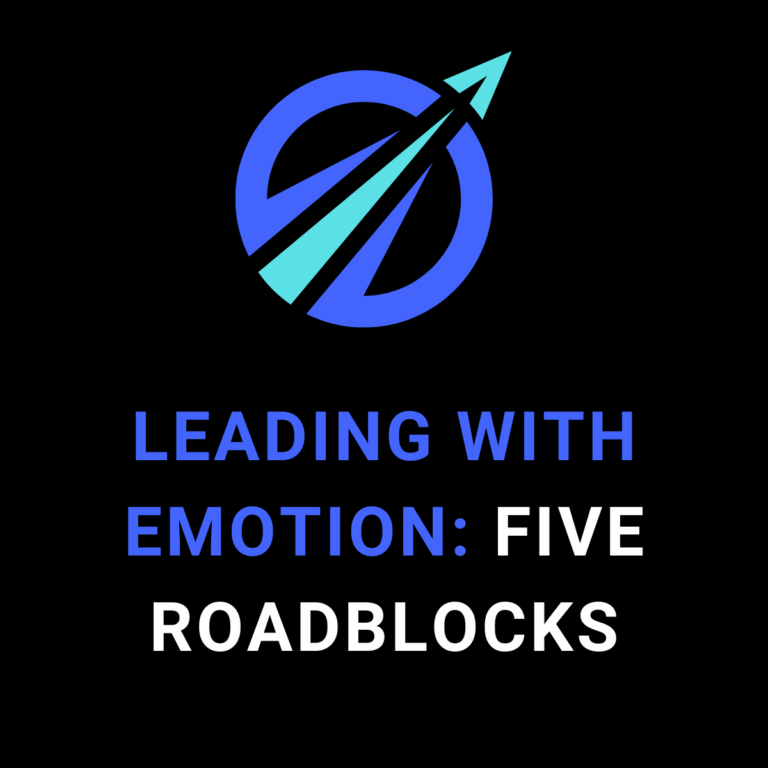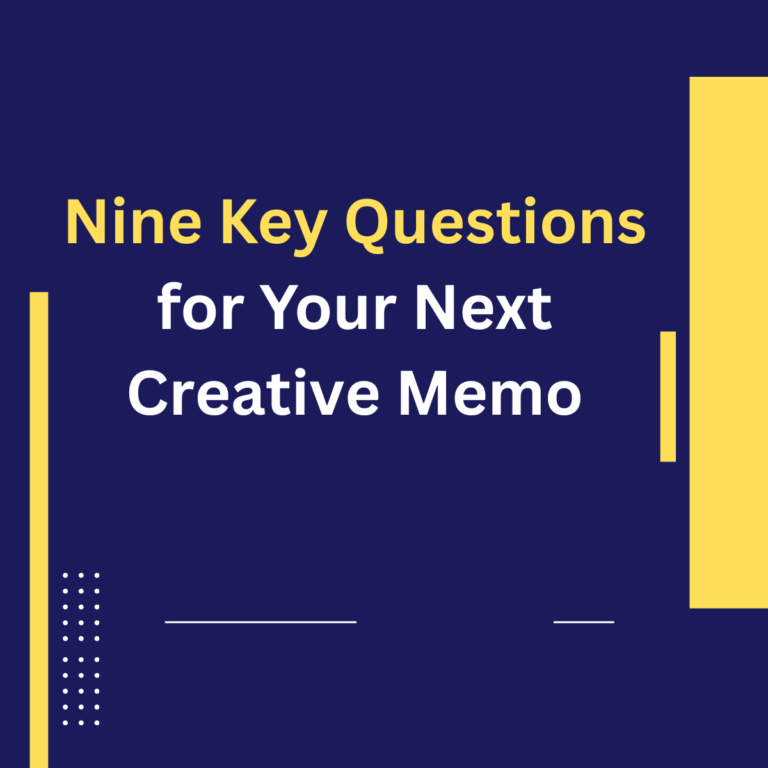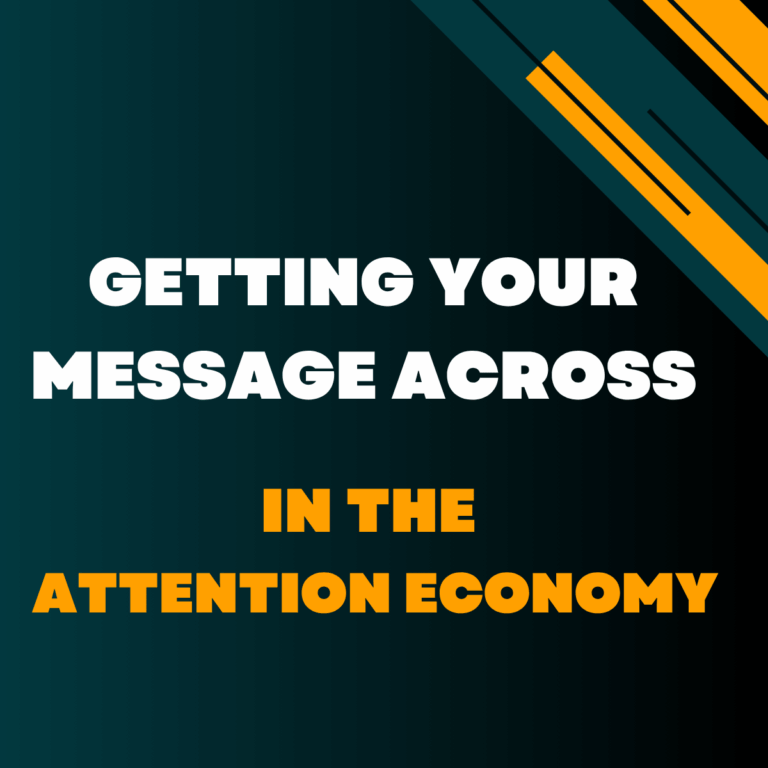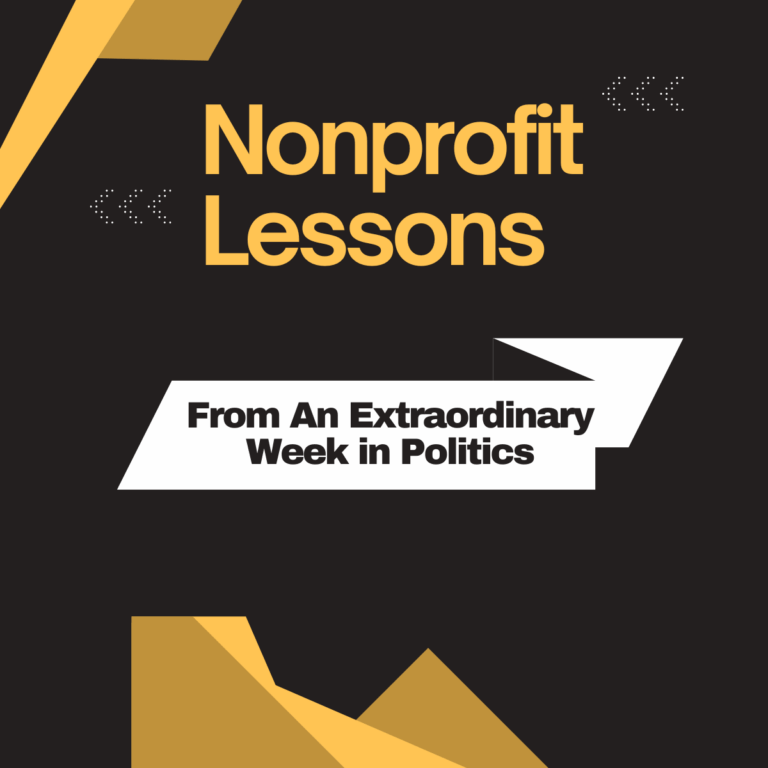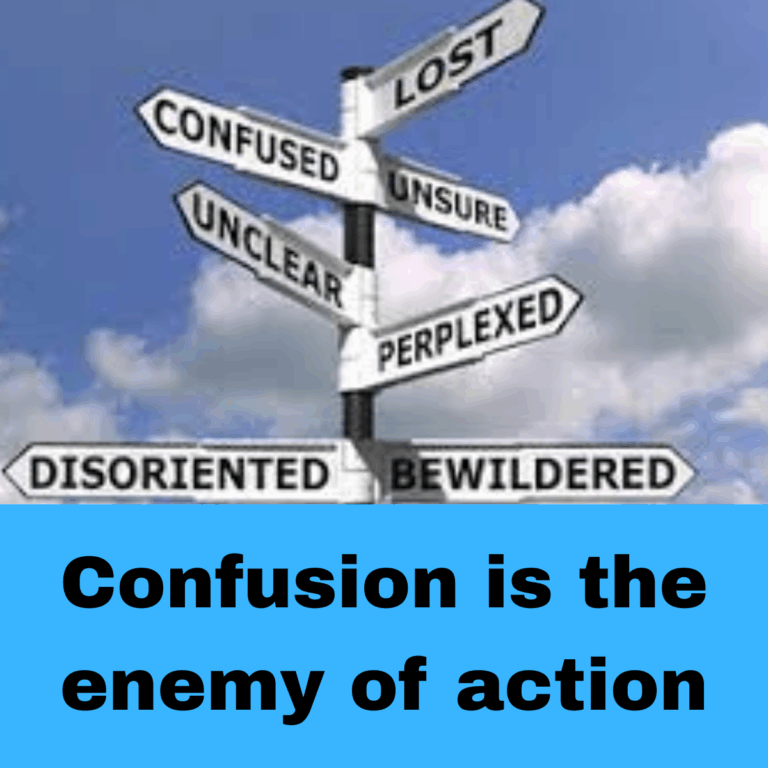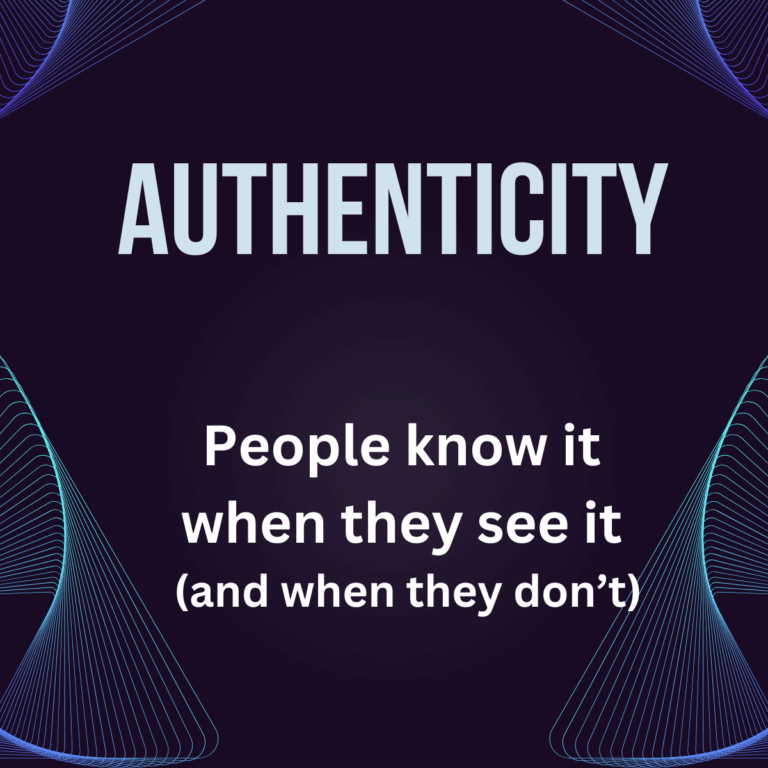Is that message you just wrote telling a story about your organization’s work? Or a story about how that work connects to your reader’s personal identity?
There’s a big difference between those two framings. In the first case, the organization might be on an exciting journey, but the reader is just along for the ride. Too many nonprofit messages unintentionally convey that donor-to-cause relationship.
It’s as if the group is saying it’s doing some really important work and offering the donor to, from a certain distance, play a somewhat limited role by financially supporting it.
If we fall into that approach, we fail to connect with a vitally important dynamic. People donate, volunteer, and take advocacy actions as a way to express their personal identity – who they are, what they believe in and, importantly, how committed they are to acting on those beliefs.
The strongest nonprofit messages don’t box the donor into a narrow corner. They offer people an authentic opportunity to express their personal identity. And you can’t do that by simply counting the number of times your message says “you” on the first page.

Here’s another way to think about it. It’s comparable to the difference between a mission statement and a case for engagement. A mission statement is the organization looking out at the world and saying “This is who we are, what we do, and how we hope to have an impact.”
But a case for engagement reverses things. It’s the audience looking in on the organization and saying “Why should I care? How does what you do connect with my hopes and dreams? And is there a compelling role I can play?”
If your message feels more akin to a mission statement than a case for engagement, you’re on the wrong track.

Like so much messaging advice, the distinction I’m trying to convey is best clarified by example. So here are a few side-by-side versions of what I’ll call organization-focused versus identity-focused language.
| Organization-Focused Language | Identity-Focused Language |
“With democracy in jeopardy, our teams have their work cut out for them in the weeks ahead.” | “As people dedicated to defending democracy, you and I have our work cut out for us in the weeks ahead.” |
“As a longtime member, I hope you’ll support our efforts to rescue animals trapped in natural disasters.” | “As a dedicated animal lover, I know we can count on you to be there for animals trapped in natural disasters.” |
“Our researchers are making promising progress on childhood cancer. Now, you can help them work towards more breakthroughs.” | “Your personal commitment helped achieve promising progress on childhood cancer. Now together, we can pave the way for more breakthroughs.” |
“We have a strong message, a smart strategy, and a clear path to victory. All we need to win this elections is your financial support.” | “You know what it takes to win and you’re always there when I need you. With your ongoing support, we’re going to win this election.” |

As I hope these examples illustrate, there’s a world of difference between language focused on your group and wording that engages with your donor’s personal identity. Stay alert to that distinction and see if it makes a stronger connection and draws a higher response.


